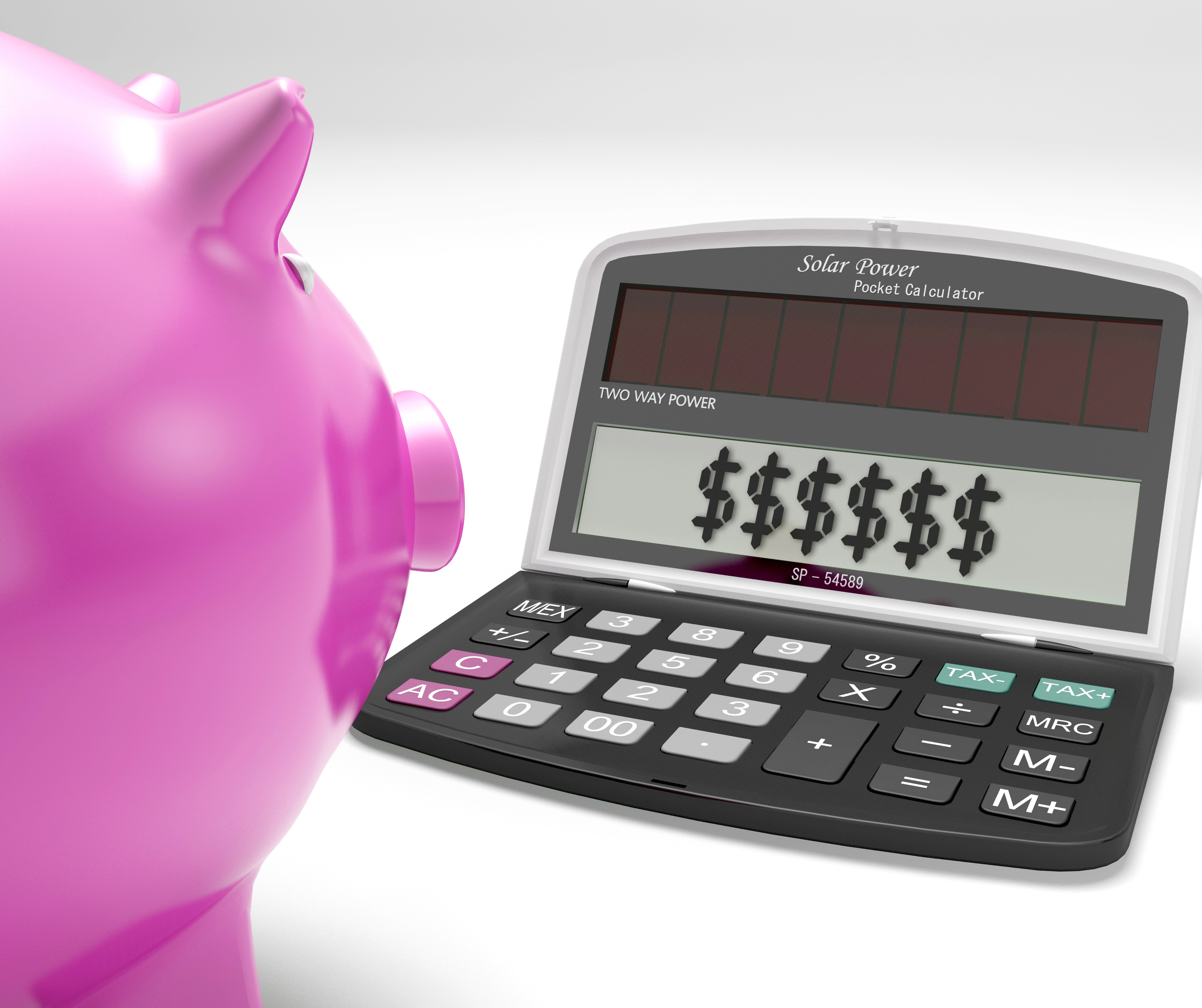
“I made 100% every week this year for a total return of over 5,000%!”
I actually saw that claim made by a trader. Of course the trick was how he was calculating profit – it was simply based upon how much of the initial credit he retained. So, for instance, if he sold a vertical for $1.00 and let it expire worthless, he considered that a 100% profit. Ignore the fact that the total risk was about $10k (minus credit received); he kept his $100 so he got 100% profit!
I had a similar, though not nearly as extreme, problem when I first started trading. Working on the common idea of not wanting to lose more in a month than I made in a month, I set my Max Profit and Max Loss targets at 10%. Things went along swimmingly until I was handed my first loss. Many of my initial profits had been nice, easy, no-adjustment-needed trades. My loss, of course, had adjustments, so the amount of capital I had in the trade was nearly double.
And with that…it became jarringly obvious the math doesn’t work.
As an example, let’s say that I have a $1,000 trade that, with adjustments, might double in size. Assume I make Max Profit 10 times per year and take a Max Loss twice. That should work, right? After all, it looks like this:
10% * $1,000 * 10 = $1,000 profit
10% * $1,000 * 2 = $200 loss
My net profit for the year would be $1,000 – $200 = $800. A fine return!
But remember: Losses are actually based upon total capital that is twice the size! That means that the profit for the year is actually:
10% * $1,000 * 10 = $1,000 profit
10% * $2,000 * 2 = $400 loss
My net profit for the year would now only be $1,000 – $400 = $600.
Still looks pretty darned good, right? But let’s say that instead of having 10 profitable trades per year, I only have 9.
I was originally expecting a profit as follows:
10% * $1,000 * 9 = $900 profit
10% * $1,000 * 3 = $300 loss
My net profit for the year would be $900 – $300 = $600.
But instead I get:
10% * $1,000 * 9 = $900 profit
10% * $2,000 * 3 = $600 loss
My net profit for the year would now only be $900 – $600 = $300.
Yikes! My profit is now HALF of what I’m expecting! And at four losses per year, I don’t have a profit at all anymore! Double yikes!
This bothered me for a while and I handled it (somewhat ungracefully) by merely doubling my Target Profit while leaving my Max Loss unchanged. My Target Profit was now 20% while my Max Loss was 10%. Of course if I adjusted my trade, my Target Profit needed to change, so it was this constant sliding scale.
Ugh.
Then I heard John talk about the concept of Planned Capital. He spoke, the sky cleared, clouds vanished and birds began singing. ♪♫
Simply put, Planned Capital is the amount of capital that is allocated to the trade (regardless of whether it’s used). Target Profit and Max Loss are calculated using this number instead of the ever-changing Maximum Risk in the trade.
NOW the math works! Each loss should wipe out only one month’s worth of trading, instead of two or more. This also takes into account the fact that the money earmarked for the trade has an opportunity cost associated with it. (If I didn’t have to keep that amount of cash in reserve, I could invest it, as well.)
This simple but profound concept has greatly simplified my trading. No more sliding scales of profit percentages, no concerns about how much capital I have in the trade this month versus last; just set a fixed target and it stays constant.
It also has a happy byproduct of allowing me to compare my M3 to the website M3 that John shows every Monday morning. Since we’re calculating profit the same way, my percentages can be compared directly to the traditional, following-the-guidelines M3.
By using Planned Capital, my percentages don’t look nearly as good as if I used Maximum Margin in the trade but that’s just made me more determined to continue to become a better trader.
Do you have to do it this way? Of course not. But you need to be able to recognize the shortcomings of not doing it this way.
And the next time that someone tells you they made a 5,000% profit, ask how they calculated it!
Written and contributed by Cynthia Sarver


Leave a Reply
You must be logged in to post a comment.